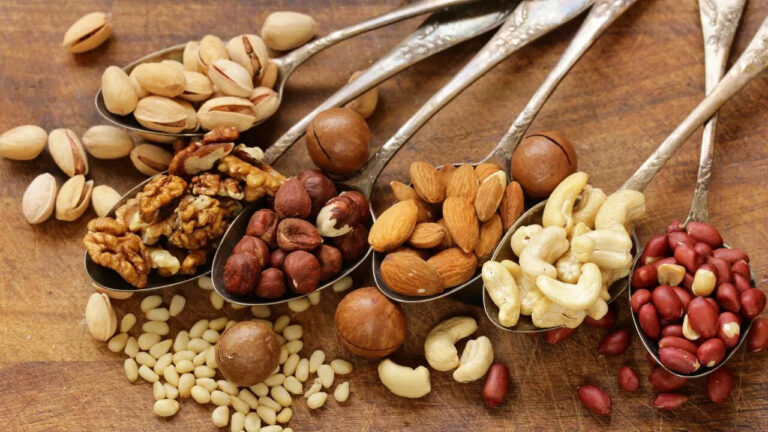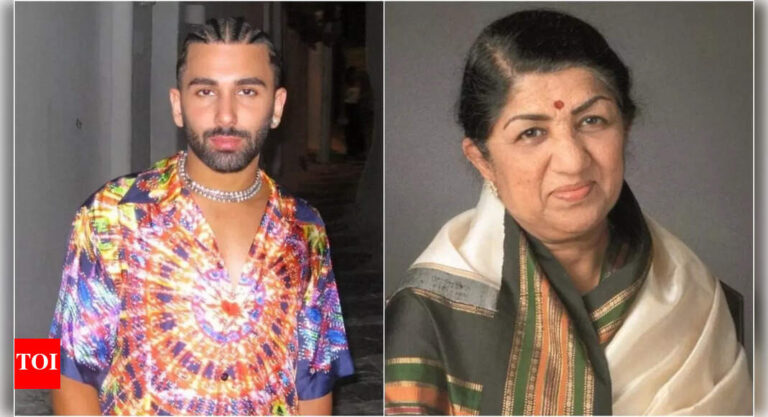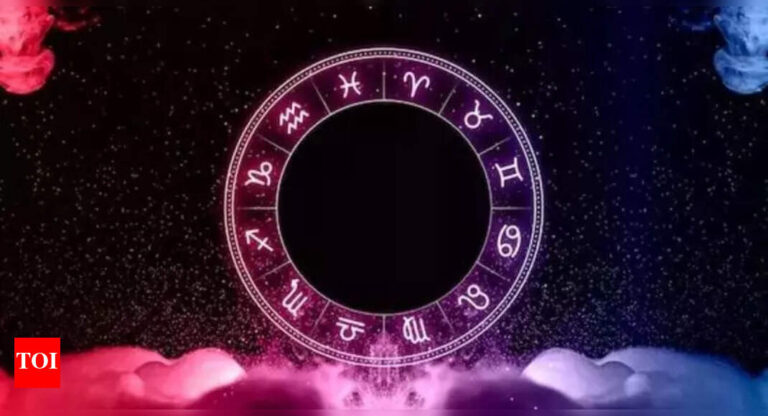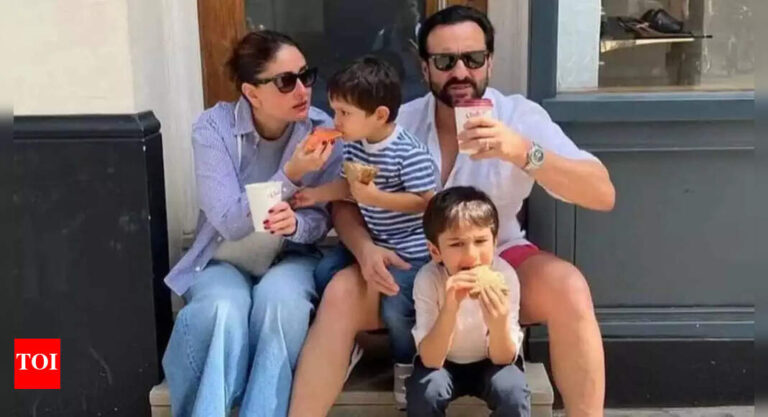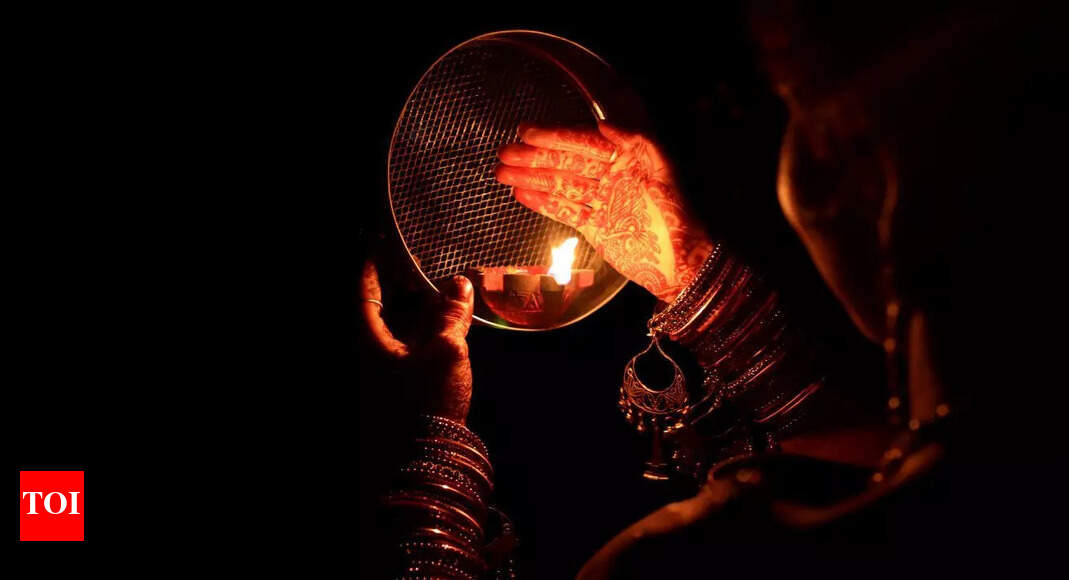
Karwa Chauth is a festival that resonates deeply with millions of married women across India. Observed with devotion, patience, and love, it is more than just a day of fasting; it is a celebration of marital bonds, emotional strength, and family values. In 2025, Karwa Chauth falls on Friday, October 10, a day when women dedicate themselves to the well-being, health, and longevity of their husbands. While the rituals are centuries old, the festival continues to hold significance in modern times, symbolizing commitment, devotion, and gratitude in marital life.
Starting the day: Sargi and early preparations
The day of Karwa Chauth begins long before the sun rises. Women partake in Sargi, a pre-dawn meal prepared by the mother-in-law. Sargi is more than just food; it is a gesture of love, blessings, and familial support. It typically includes fruits, dry fruits, sweets, and light snacks that provide the energy needed to sustain a day-long fast. In many families, Sargi is also a moment of bonding, where mothers-in-law pass on blessings, advice, and love to their daughters-in-law, reinforcing the supportive ties between families.Preparation for the day also involves selecting the attire for the puja, often a bright saree or lehenga, and adorning oneself with jewelry and mehndi. Women also arrange the thali (plate) for the evening puja, carefully including roli, rice, sweets, flowers, and a Karwa, a small clay pot filled with water symbolizing prosperity and emotional nourishment.Observing the fast: Discipline and devotion
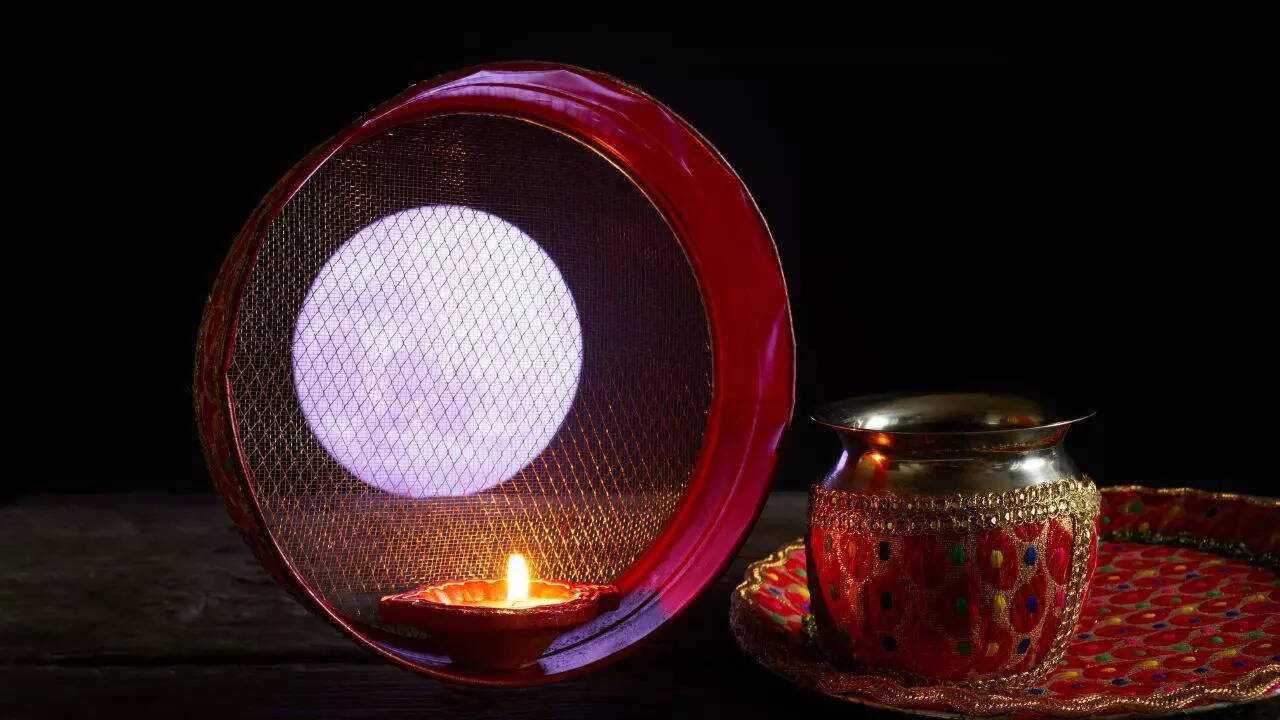
From sunrise, women observe a nirjala fast, refraining from both food and water until the moon rises. The fast is seen as a way to show devotion, patience, and self-discipline, and is believed to strengthen the bond with their husbands. It also gives women time to reflect on their relationships and appreciate love, care, and respect.During the day, women focus on prayers and preparations for the evening puja. Many also spend time with family and friends, sharing experiences and enjoying the festive spirit. In recent years, social media has added a modern touch, with women sharing glimpses of their Sargi, thali decorations, and festive attire.Evening puja: Rituals, stories, and devotion

The main event of the day is the evening puja. Women come together with family and friends to perform rituals, decorate their thalis, and listen to or recite the Karwa Chauth Katha, which tells stories of loyalty, devotion, and marital harmony. The Karwa, along with diyas and flowers, is an important part of the ceremony, representing care, prosperity, and emotional well-being.During the puja, women pray for their husbands’ long life and happiness, reflecting on values like patience, devotion, and mutual care. The Katha adds a spiritual touch to the celebration, highlighting the cultural and emotional importance of the festival.Moonrise: Breaking the fast

On Karwa Chauth, the fast is traditionally broken after moonrise, which is the most important moment of the day. Here’s how it is done step by step:Viewing the moon: Women first look at the moon through a sieve or a small cloth. This symbolizes filtering negativity and focusing on positivity, gratitude, and devotion.Offering water to the moon: After viewing the moon, women pour water as a gesture of thanks and respect. This act is called Arghya.Husband’s role: Once the Arghya is offered, the husband gives his wife the first sip of water or sometimes a sweet. This marks the official end of her fast.Eating food: After this ritual, women can eat and drink normally, often starting with fruits, sweets, or light snacks to gently break the day-long fast.

According to a Times of India report, approximate moonrise times in major cities for 2025 are as follows: Delhi and Noida – 8:13 PM; Chandigarh, Ludhiana, and Jammu – 8:08 to 8:11 PM; Kolkata – 7:41 PM; Mumbai – 8:55 PM; Bengaluru – 8:48 PM; and Hyderabad – 8:36 PM.The whole process emphasizes emotional balance, gratitude, and mutual respect in marital relationships, making it both a spiritual and symbolic conclusion to the day-long observance.Modern observance: Tradition meets togethernessAlthough Karwa Chauth comes from old traditions, it has changed over time to also focus on togetherness and companionship. Many couples spend the day enjoying each other’s company and celebrating their relationship. The festival now mixes tradition with modern ways of celebrating, including rituals, gifts, and expressions of love.From the early morning Sargi to the moonrise rituals, Karwa Chauth is a day that shows the importance of commitment, patience, and family bonding. It reminds us how traditions help strengthen relationships and teach values like care, devotion, and respect.In short, Karwa Chauth is more than fasting or rituals– it is a celebration of love, devotion, and strong marital bonds, cherished by millions across India.


